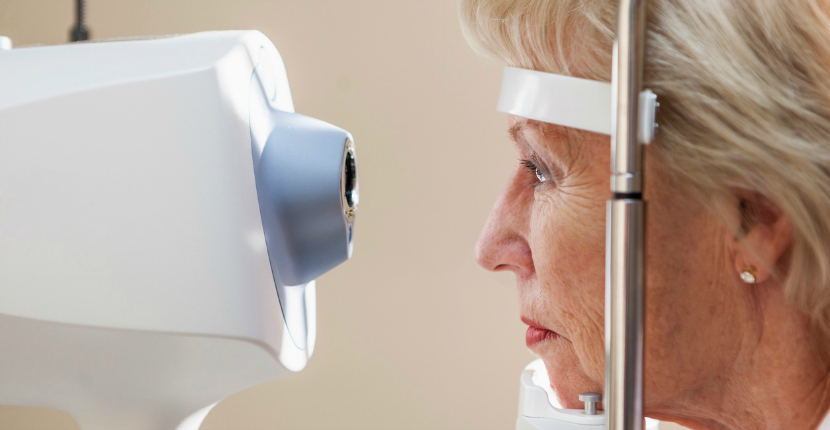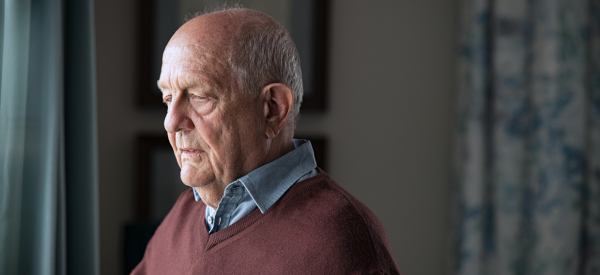It’s important to get regular eye exams to protect your vision.
And because January is Glaucoma Awareness Month, there’s no time like the present to have your eyes checked.
Many people are unaware how prevalent Glaucoma is in the U.S.
From babies to seniors, whether or not you receive in-home care services or personalized elder care – everyone is at risk for the disease. Its most common form, open-angle glaucoma, shows virtually no symptoms before causing blindness.
Today, over three million Americans have been diagnosed with the disease and experts say that by 2030, that number will increase by 58 percent to 4.2 million.
Nicknamed “the sneak thief of sight” nearly half of all people with glaucoma don’t know they have it. But once they’re affected by it, vision loss is permanent.
According to glaucoma.org, African Americans are six to eight times more likely to suffer from the disease than whites. Latinos are also at higher risk for glaucoma.
Worldwide, 60 million people have the disease and 4.5 million are blind because of it.
That’s why this month has been dedicated as the time to raise awareness about what’s quickly becoming a national epidemic.
Below, Freedom Home Care offers a few tips below about what we can do to let others know about this sight-stealing disease.
Spread the Facts
Glaucoma is one of the leading causes of blindness. The loss of sight is a result of damage to the optic nerve which carries images from the eye to the brain. People suffering from the disease experience a rise in normal eye fluid pressure. Initially there are no symptoms, but as it progresses, glaucoma causes a loss in side vision.
Patients can still see objects in front of them clearly, but eventually the center of vision is affected as well. Glaucoma accounts for anywhere between nine to 12 percent of all cases of blindness.
There is No Cure
While there is currently no cure for glaucoma, there are ways to slow or prevent vision loss from progressing.
Medication and surgery can be used to treat the disease depending on the type.
At-Risk Groups
In addition to African Americans, Latinos and Asians, people over 60, family members of those with the disease, diabetics, and patients with severe nearsightedness are also at risk.
Protect Yourself and Your Loved Ones
Doctors recommend a comprehensive eye exam to detect changes in vision and to protect against glaucoma.




